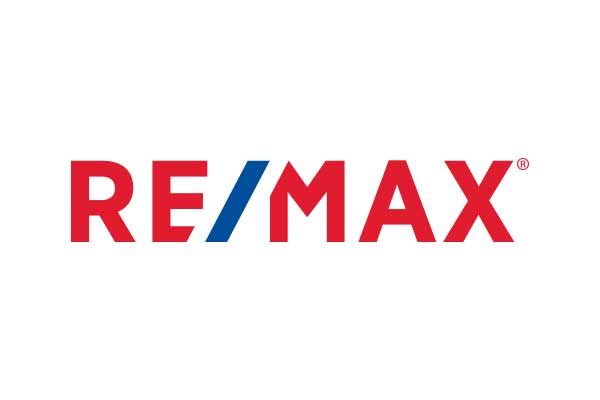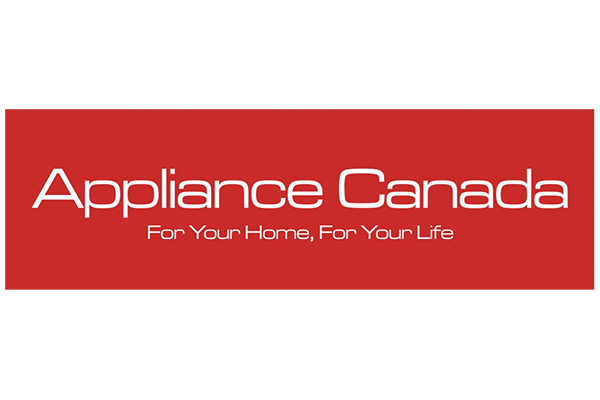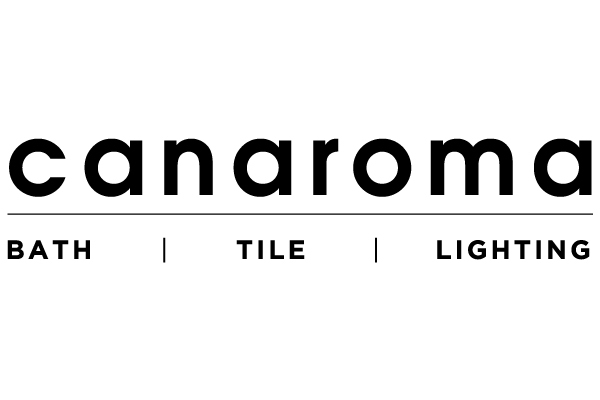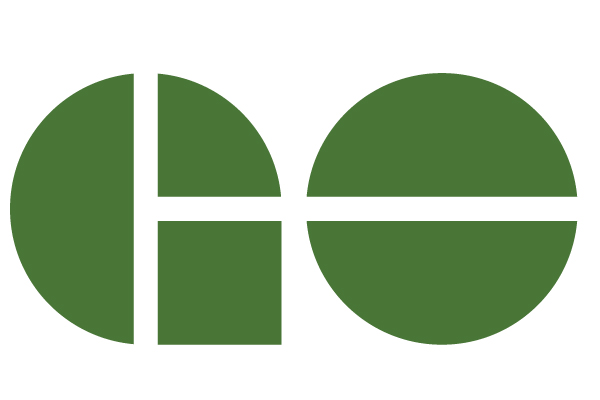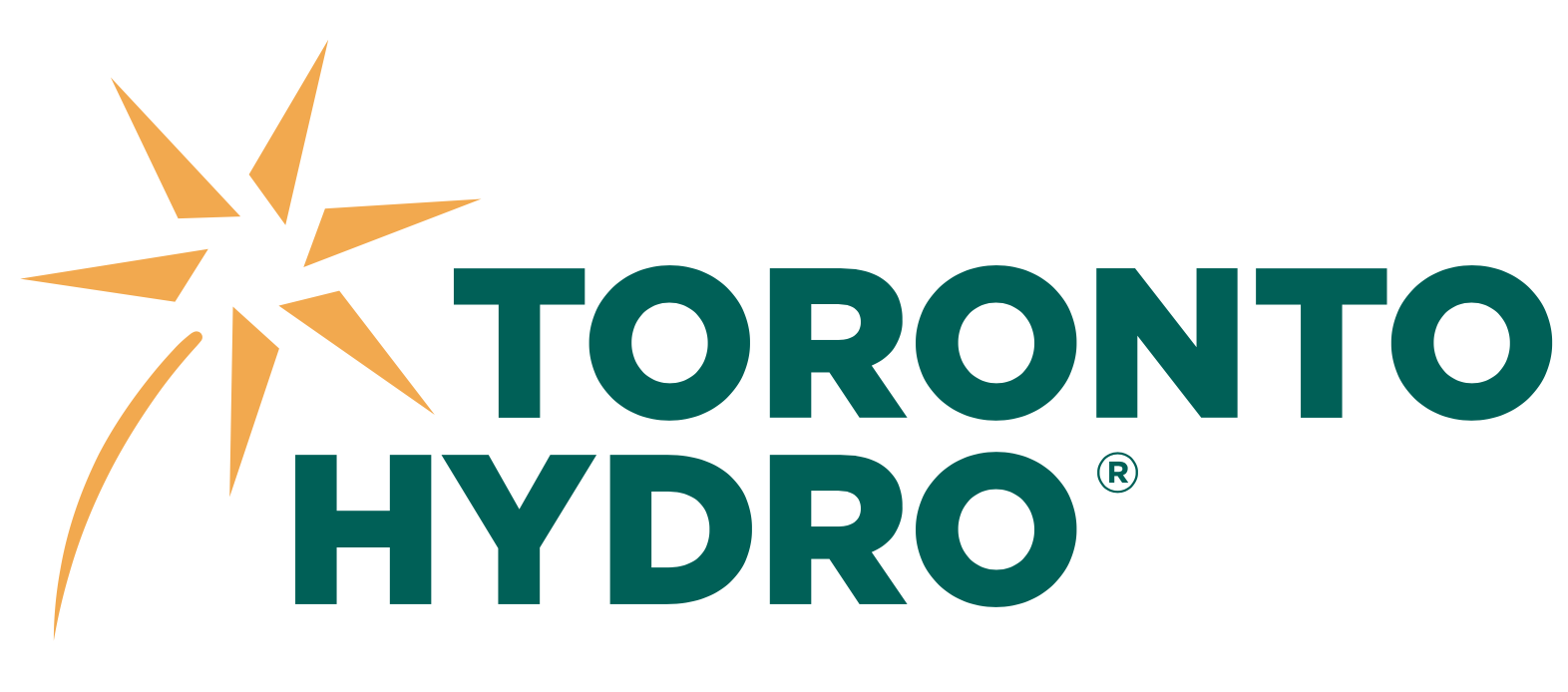Tips For Water Gardening
03/21/2016
Did you catch horticulturist whiz Shawn Patille from Humber Nurseries at the National Home Show? He’s our go-to for gardening advice and we’re happy to have him contribute some of his best practices for your water garden!
Many of us desire to bring the tranquility and dynamic nature of water into our home landscapes. If a few basic rules are followed, such a garden gives great reward with less effort than maintaining a lawn! Besides, water gardens look better than lawns.

- Location! Location! Location! Select a site that is visible from the interior of your home but with an overflow on the opposite side of the water garden from your house. The site should also receive 6-8 hours of sunlight per day. This is imperative for the success of your aquatic plants. It is best to avoid siting the pond near large trees where extensive root systems maybe encountered. Additionally, make sure you have access to an electrical outlet equipped with a Ground Fault Circuit Interrupter.
- If your desire is to keep fish, frogs and other wildlife in your pond, consider a zone with a depth of at least 120 cm or 4’. This should be sufficient to ensure an ice free place for living organisms to overwinter. This depth is given for Toronto and the surrounding area. Be sure to check with your By-Law department as they may require a minimum fence height or locking gates for safety purposes.
- A healthy pond should only need a start-up and shut-down procedure every year. This can be as simple as the addition of beneficial bacteria. What should be done on a regular basis is the skimming or removal of organic debris from the water. Leaves can be kept out of the pond in fall by using light netting over the water surface.
- Pond life requires adequate aeration. This is achieved through a recirculating pump which can be connected to a waterfall feature. The breaking of the water’s surface tension allows for proper gas exchange between the pond’s surface and the air above it. Do not turn off the pump in the evening or when on vacation! This may deprive the system of the required oxygen level which is tied to temperature and other biological processes. The flow of the pump or waterfall feature should recirculate the full volume of the pond every 2 hours. As an example, a 1000 litre pond should have a waterfall with 500 litres cycling through it every hour.
- Algae, chlorine, fluorine and all that jazz! Initially, your pond may be filled with municipal tap water. Cities often add chlorine and fluorine which are harmful to plants, fish and other aquatic life. You can purchase a neutralizing solution or you can wait. Once you notice the presence of algae, it is safe to begin adding plants. Algae itself is not unnatural or harmful. However, algal blooms are normally a sign of an imbalance with the water’s chemistry. Many plants and fewer fish are the answer. The pond’s surface should have anywhere between 60-80% coverage with plants of various classes Marginals (Bulrushes, cattails, Blueflag Iris) Submergent Aquatic Vegetation (Pondweed, Hornwort) and Floating Vegetation (Water lilies, Pond lilies, Water lotus). Algae may seem to be a problem in early spring but should diminish once the aquatic vegetation breaks dormancy. DO NOT CONDUCT A WATER CHANGE (these are only done in emergency situations)! Pond water is like a good wine, it gets better with age.
- Mosquitos, West Nile Virus and now, ZIKA! When West Nile Virus became an issue in Canada, many individuals backfilled their ponds. It must be known and emphasized that the species of mosquito largely responsible for the spread of these diseases actually prefer very small bodies of standing water along the lines of what you would find in discarded car tires. A properly functioning pond stocked with Rosey Red Minnows or similar fish will in all likelihood be free of mosquito larva!
- Don’t over feed your fish or worry about that one week vacation. A properly established pond with some algae will support your fish while you are on vacation. Your outdoor pond is not a closed system and insects are always finding their way in to be consumed. Overfeeding and feeding at high or low temperatures can actually cause health issues with fish who are eager to eat yet whose systems can’t properly digest the food. Uneaten food or an abundance of waste adds to the nutrient load in the aquatic system which in turn leads to those unwanted algal blooms.
- You may consider a biological filtration unit. However, healthy aquatic plants do just that. An abundance of plants are the key. Remember, the general rule of thumb is 2.5 cm of fish for every 20 litres. Just like nature, more plants and less fish.
Once you have an established water garde, pull out the lawn chair, bring out the coolers or Pina Colada’s and enjoy what nature has to offer without the drive to cottage country. Happy Water Gardening!
Close
